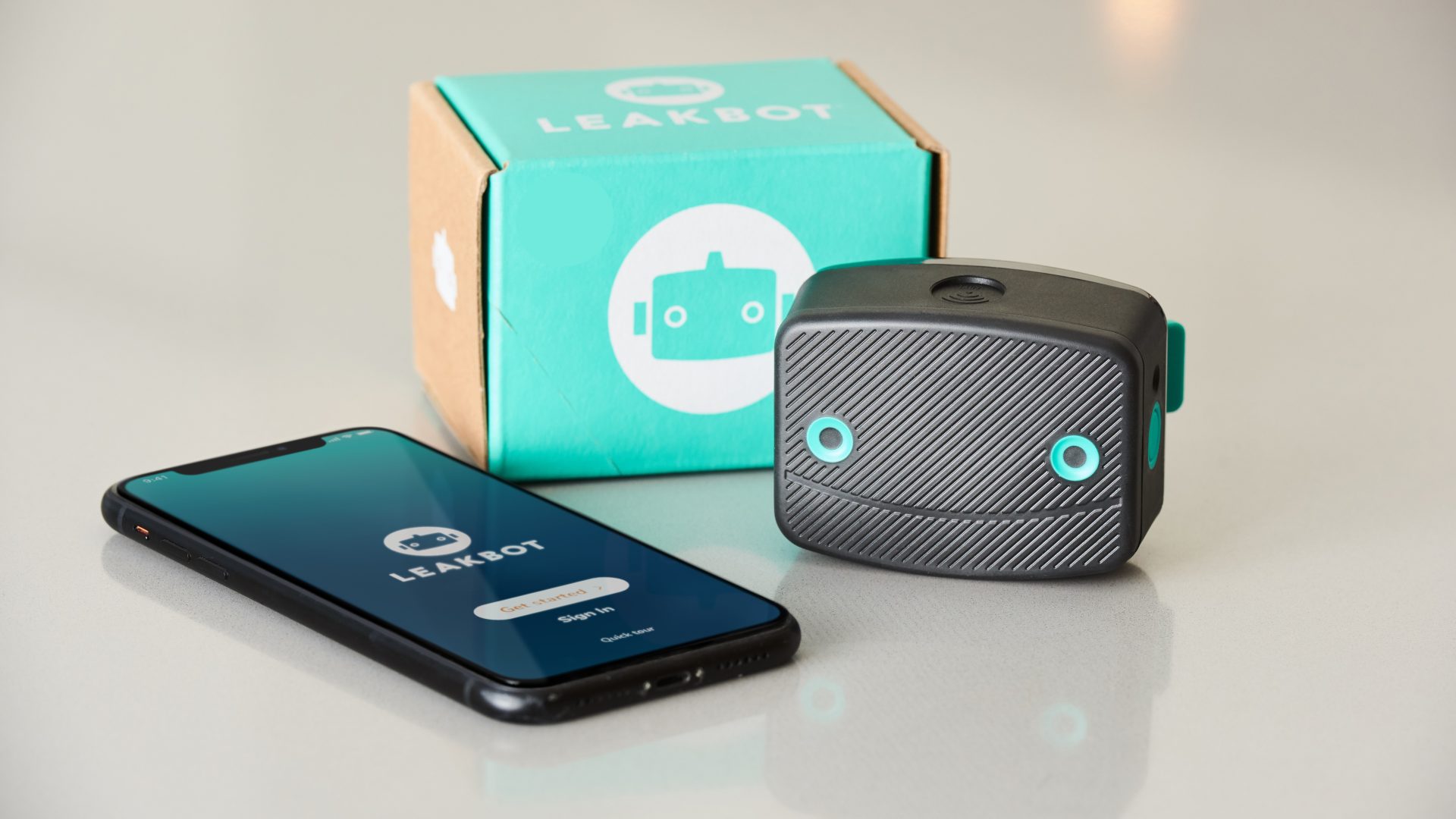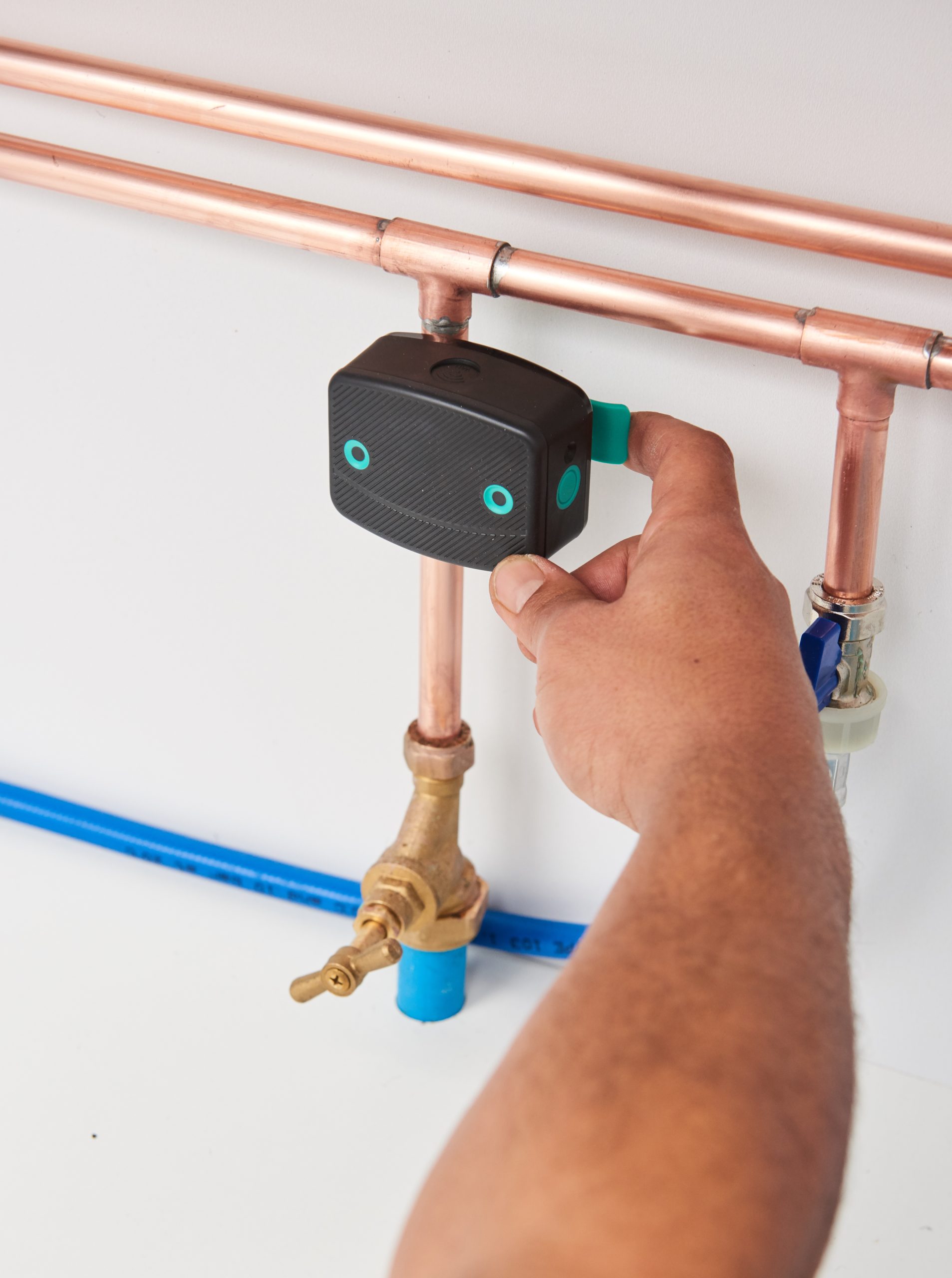South West Water is rolling out innovative leak detection technology across the region in an effort to tackle customer leaks head-on.
The water company will be sending out 6,000 LeakBots to customers in Devon and Cornwall as part of a trialled approach to reduce leaks. The trial will run for six months and, if successful, could be rolled out more widely.
LeakBots are smart devices which help identify internal leaks within customers’ properties. The LeakBot device can be clipped onto a water pipe near the customer’s internal stop tap and detect if there is a constant flow of water within the property, providing an instant alert to the customer’s smartphone.
If a leak is detected and customers are unable to find and fix it, LeakBot can send out an engineer to undertake the repair, free of charge.
David Harris, South West Water’s Drought and Resilience Director, said:
“We’re always looking at new and innovative ways of reducing leakage across the region, alongside more traditional methods. With around 30% of leaks now typically found on customers’ own properties, we really need the help of our customers. LeakBot will enable customers to detect leaks so that they can be fixed quicky. We’re excited to see the impact LeakBot will have.”
The trial is part of South West Water’s work to reduce leaks in the area and is part of a new campaign to support customers in becoming more water efficient.
South West Water is finding and fixing more leaks than ever before – around 2,000 per month – and utilising innovative techniques including using satellites to find water leaks two metres underground, drone pilots to cover hard to reach places across Dartmoor and Exmoor, and detection dogs to find leaks in challenging terrain.
Craig Foster, Chief Executive Officer at Ondo, the company behind LeakBot, said:
“Previous trials of LeakBot have achieved a 60% reduction in water leaks within the home. A roll-out with South West Water will allow us to help prevent unnecessary wastage through domestic leaks across the region. We look forward to working on the deployment of the initial 6,000 devices and seeing the results.”




